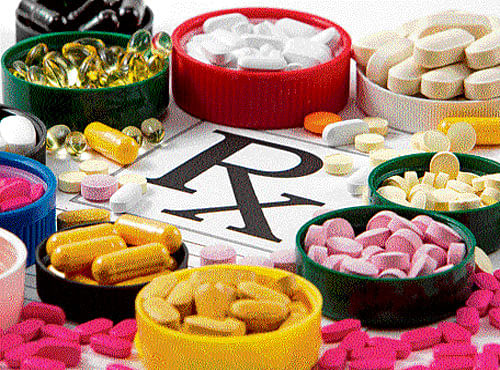
Taking antibiotics may double the risk of a child contracting juvenile arthritis, a form of auto-immune disease that involves chronic inflammation of the joints and eyes that can lead to pain, vision loss and disability, says a study.
"Our research suggests another possible reason to avoid antibiotic overuse for infections that would otherwise get better on their own," said lead study author Daniel Horton from Rutgers University in New Jersey.
The more courses of antibiotics prescribed, the higher the associated risk, showed the findings published in the journal Pediatrics.
Genetics explains only why about one quarter of children develop arthritis, which means environmental triggers may also play an important role in the onset of the disease.
For the study, the researchers used The Health Improvement Network (THIN), a database with information on over 11 million people across Britain.
Of the roughly 450,000 children studied, 152 were diagnosed with juvenile arthritis.
After adjusting for other auto-immune conditions and previous infection, the researchers determined that children who received prescriptions for antibiotics had an increased risk for developing juvenile arthritis.
The risk was strongest within one year of receiving antibiotics. The researchers added that antiviral and antifungal drugs were not linked to juvenile arthritis, suggesting that risk for arthritis was specific to antibacterial medicines.
"This is an extremely important clue about the etiology of this serious and potentially crippling disease. If confirmed, it also provides a means for preventing it," said study senior author Brian Strom from Rutgers University.